Arizona is more than desert—it’s color and canyon, stillness and scale. Every turn reveals something unexpected, from towering cacti to red rock cathedrals to quiet mining towns that refuse to be forgotten. These are the places that made me pause, breathe deeper, and feel more grounded. Each one left its own impression, like a footprint in sandstone that’s not easily washed away.
Best Places to Visit in Arizona:

Standing Still at Cathedral Rock
Cathedral Rock wasn’t just a hike—it was a moment of stillness I didn’t know I needed. As I scrambled up the red rock, the world below started to feel far away. When I reached the saddle, everything got quiet, even the wind. I stood there looking out at the layers of stone glowing in the late afternoon sun, and I remember thinking, "Some places don’t need words—they just need you to listen."
What I Loved Most: Watching the sun drop low behind the rocks, turning everything around me a deep, earthy gold. Breathing slower with every step.
My highlights? A post-hike smoothie and veggie wrap at ChocolaTree Organic Eatery. I sat in their garden, dusty hiking boots and all, surrounded by twinkle lights and wildflowers. It felt like the perfect ending to a day spent outdoors.
Travel Tips:
- Drive Time from Phoenix: ~2 hours north
- Vibe: Spiritual, grounding, awe-inspiring
- Highlights: Red rock hiking, photography, meditation spots
- Best Time to Visit: Spring or fall—cooler temperatures and golden light
- Cost: Red Rock Pass required (~$5/day)
- Hours: Trail open dawn to dusk
- Address: Cathedral Rock Trailhead – Back O Beyond Rd, Sedona, AZ
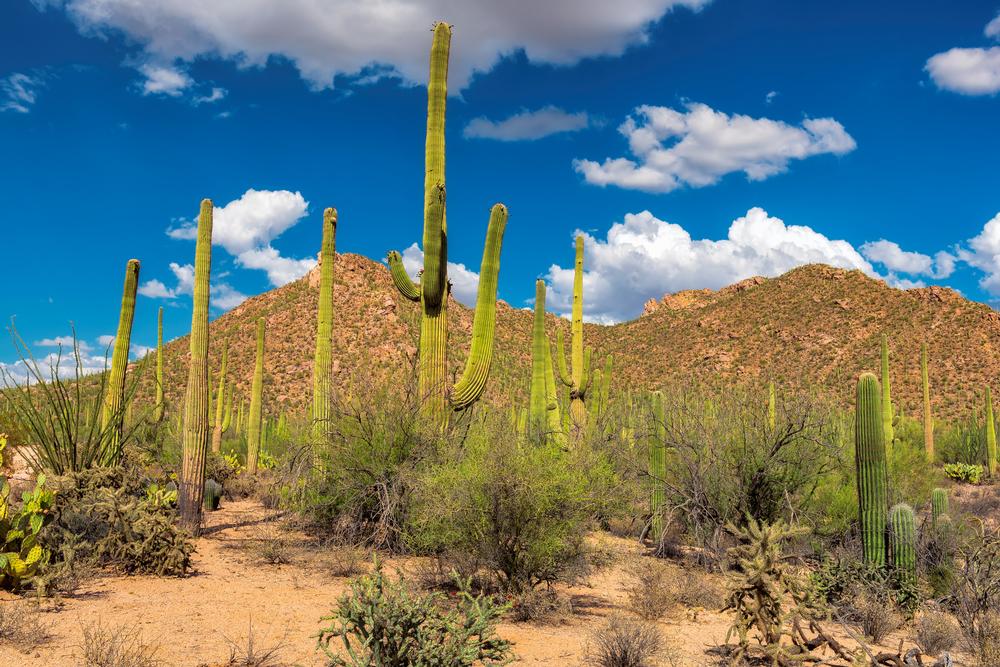
Among the Giants at Saguaro National Park
I’d seen photos of saguaros before, but nothing prepared me for how it felt to stand among them. Towering silhouettes, hundreds of years old, spread across the desert like guardians. The sun was low, the sky soft pink, and I remember thinking, "I didn’t know silence could feel this alive."
What I Loved Most: The way the light moved across the desert floor, and how every cactus seemed to have its own personality—some reaching, some waving, some standing in quiet power.
My highlights? A hearty breakfast at Blue Willow in Tucson before hitting the trails. I had huevos rancheros with housemade salsa, black beans, and fresh tortillas. It was colorful, comforting, and full of flavor—like Arizona on a plate.
Travel Tips:
- Drive Time from Tucson: ~30 minutes to each district (East and West)
- Vibe: Majestic, ancient, peaceful
- Highlights: Scenic drives, desert hiking, wildlife spotting
- Best Time to Visit: Late winter or spring—blooming cacti and mild temps
- Cost: ~$25/vehicle for 7-day pass
- Hours: Visitor centers 9am–5pm; park open sunrise to sunset
- Address: 3693 S Old Spanish Trail, Tucson, AZ (East Side)
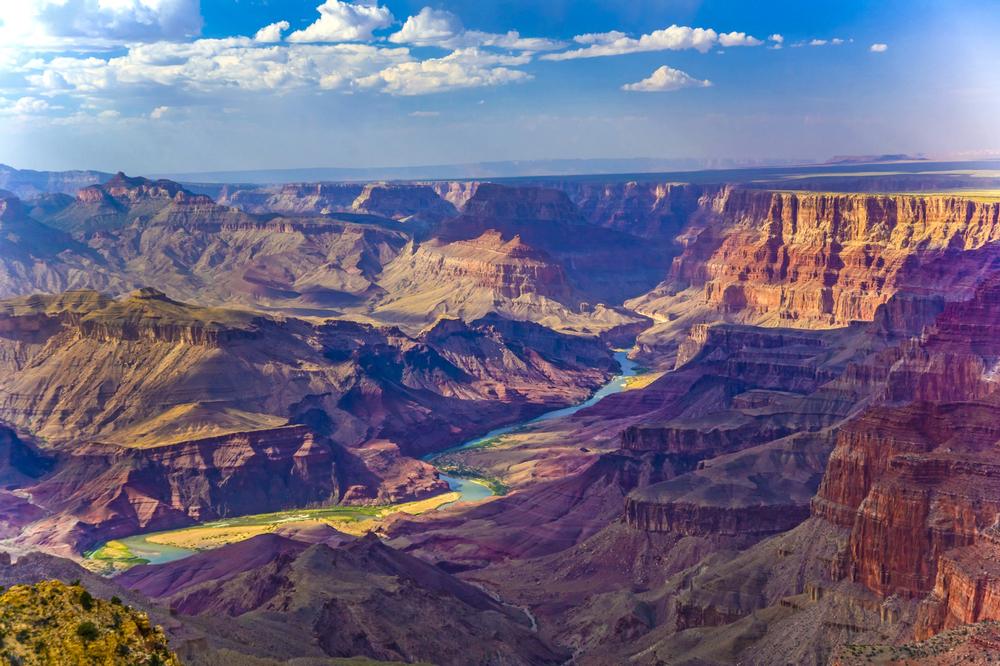
Looking into Forever at the Grand Canyon
Nothing prepares you for that first view. The Grand Canyon stretches wider and deeper than your eyes—or heart—can hold. I stood at the edge in stunned silence, the wind brushing past like it had somewhere to be. I remember thinking, "How lucky we are to live on a planet that makes something like this."
What I Loved Most: Watching the colors shift by the minute—from orange to rose to dusky purple—as the sun made its descent. The hush that fell across the crowd as we all watched the same sky.
My highlights? Breakfast at El Tovar Dining Room right on the rim. I had pancakes with prickly pear syrup and a side of canyon views. The dining room felt timeless, the kind of place where past and present quietly meet.
Travel Tips:
- Drive Time from Flagstaff: ~1.5 hours north to South Rim
- Vibe: Epic, humbling, unforgettable
- Highlights: Rim Trail, Mather Point, Desert View Drive, guided tours
- Best Time to Visit: Spring or fall for fewer crowds and mild weather
- Cost: ~$35/vehicle for 7-day pass
- Hours: South Rim open year-round, 24 hours/day
- Address: Grand Canyon Visitor Center – 450 AZ-64, Grand Canyon Village, AZ

Stepping Through Light in Antelope Canyon
Walking into Antelope Canyon felt like entering a dream carved from sandstone. The walls curved like waves, glowing in soft oranges and purples, whispering stories in the silence. Each step brought a new shape, a new shadow. I remember thinking, "Some places remind you that nature is the original artist."
What I Loved Most: Watching a sunbeam pierce the canyon and light the dust in midair—it looked like time itself was being held still.
My highlights? An early lunch at Big John's Texas BBQ in nearby Page. I had smoked brisket with baked beans and cornbread, still warm from the grill. It was rustic, rich, and exactly what I craved after the surreal calm of the canyon.
Travel Tips:
- Drive Time from Page, AZ: ~15 minutes
- Vibe: Surreal, sacred, photogenic
- Highlights: Upper and Lower Antelope tours, photography, slot canyon walks
- Best Time to Visit: Midday (especially in summer) for light beams
- Cost: Tours required (~$80+ per person)
- Hours: Guided tours available ~8am–5pm
- Address: Access through Navajo tour operators in Page, AZ
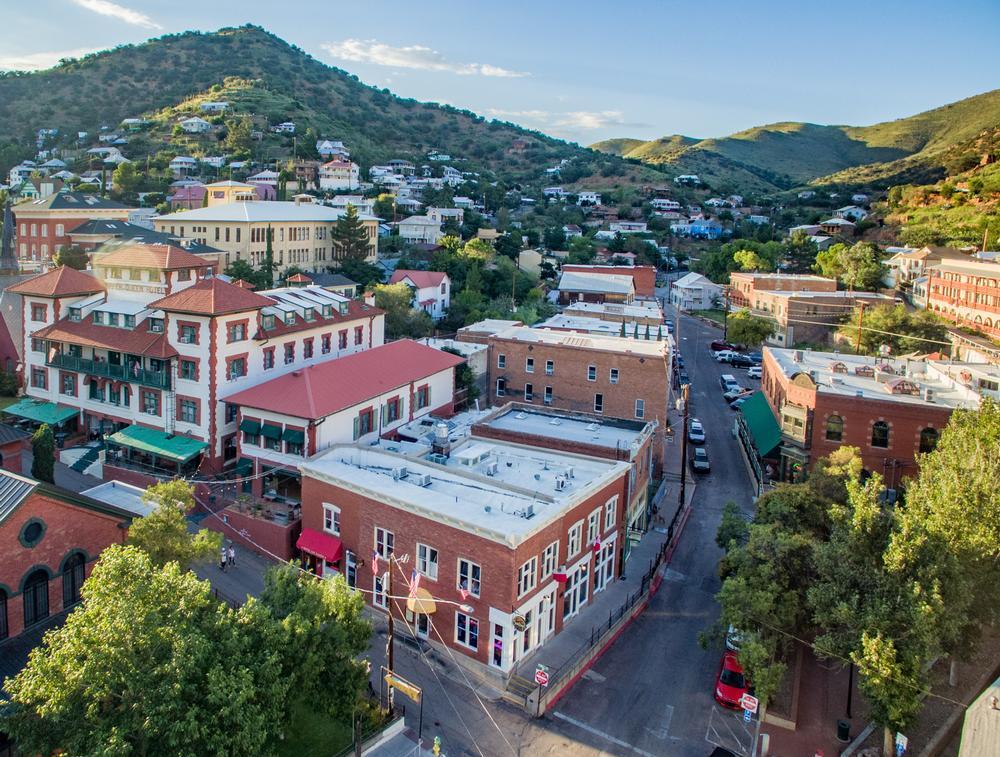
Wandering Through Time in Bisbee
Bisbee caught me off guard. Tucked into the Mule Mountains, it felt like a storybook town frozen in copper and time. I wandered its steep, winding streets lined with art galleries and quiet doorways, and I remember thinking, "This place doesn’t rush you—because it knows it’s worth the wait."
What I Loved Most: Discovering colorful murals between buildings, and sitting on the courthouse steps listening to the wind echo through empty alleys.
My highlights? A cozy meal at Bisbee Breakfast Club in Lowell. I had the chile relleno omelet with hash browns and sourdough toast. The vintage diner vibe and friendly chatter made it feel like Sunday morning, even on a Tuesday.
Travel Tips:
- Drive Time from Tucson: ~2 hours southeast
- Vibe: Bohemian, artsy, historic
- Highlights: Queen Mine Tour, Copper Queen Hotel, art galleries
- Best Time to Visit: Fall or spring for walkable weather
- Cost: Moderate; many free art and walking areas
- Hours: Shops ~10am–6pm; tours may vary
- Address: Bisbee Breakfast Club – 75 Erie St, Bisbee, AZ
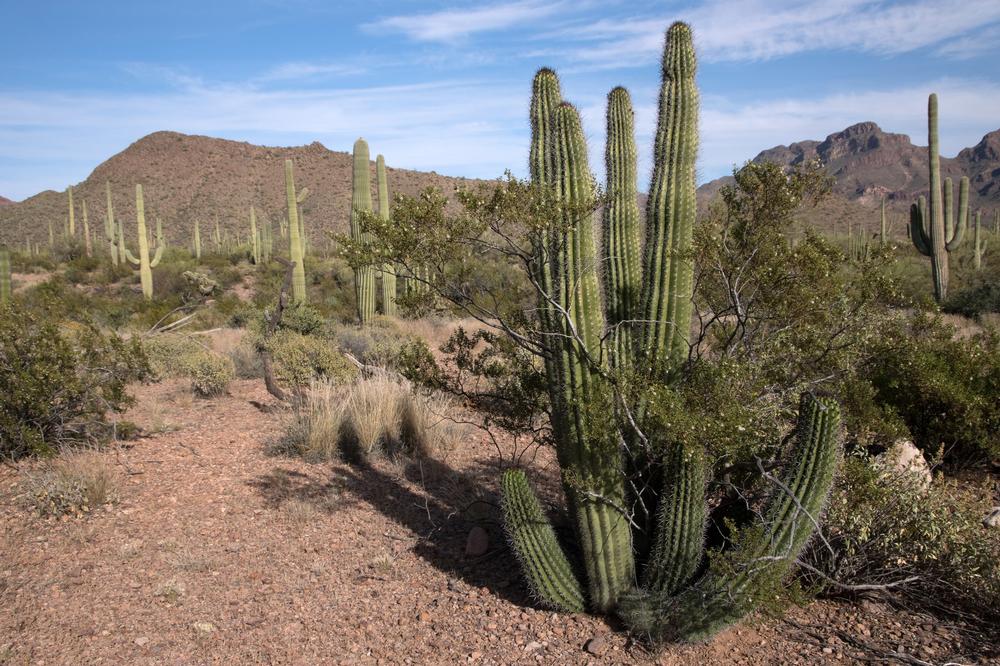
Desert Stillness at Organ Pipe Cactus
The desert here felt different—quieter somehow, like the land itself was holding its breath. Organ Pipe Cactus National Monument stretched out in all directions, dotted with tall, spiny silhouettes standing like sentinels. I remember thinking, "I didn’t know emptiness could be this full."
What I Loved Most: The silence. The kind that wraps around you and clears your thoughts. And watching the sun rise over the Ajo Mountains, painting the cactus arms in warm light.
My highlights? A picnic lunch I packed from 100 Estrella Café in Ajo—turkey sandwich on sourdough, a prickly pear lemonade, and a seat beneath a shaded ramada along the scenic drive. Simple, perfect, and peaceful.
Travel Tips:
- Drive Time from Phoenix: ~2.5–3 hours southwest
- Vibe: Remote, wild, meditative
- Highlights: Ajo Mountain Drive, hiking trails, desert flora
- Best Time to Visit: Late winter to spring (bloom season)
- Cost: ~$25/vehicle for 7-day pass
- Hours: Open 24/7; visitor center 8am–5pm
- Address: Kris Eggle Visitor Center – Hwy 85, Lukeville, AZ

Looking Into Earth’s Memory at Barringer Crater
Standing at the edge of Meteor Crater felt like staring into a fossil—an ancient wound that never quite healed. The immensity of the impact, the clarity of its rim, the quiet air all around... it made everything else feel small. I remember thinking, "This is what 50,000 years looks like when it holds its breath."
What I Loved Most: Seeing the size of the crater from above, and then exploring the exhibits that told the story of its formation and discovery.
My highlights? A snack stop at the Crater Café after exploring. I had a grilled cheese sandwich and iced tea while flipping through postcards of space. It was kitschy in the best way—a fun contrast to the heavy silence of the rim.
Travel Tips:
- Drive Time from Flagstaff: ~45 minutes east
- Vibe: Stark, fascinating, otherworldly
- Highlights: Observation deck, museum exhibits, guided tours
- Best Time to Visit: Year-round; spring and fall are most pleasant
- Cost: ~$29 adults; discounts available
- Hours: 8am–5pm daily
- Address: 1 Meteor Crater Rd, Winslow, AZ
Letting Arizona Sink In
What stayed with me long after the trip wasn't just the grandeur—it was the contrast. The way heat can hum and silence can roar. The way light spills into narrow canyon walls or vanishes behind a jagged cliff. I remember thinking, "The desert doesn’t speak loudly, but it says exactly what you need to hear." These stops weren’t just sights—they were invitations to slow down and feel the weight of the land beneath you.
More to Explore

Parker: River Heat and Desert Stillness
Parker felt like a mirage with roots. The Colorado River shimmered beside stretches of baked rock, and as boats drifted slow beneath canyon walls, I thought, “This is the kind of place where the land holds its heat—and the water forgives it.”
What I Loved Most: That contrast—red desert cliffs beside wide blue water. A rough calm. A little wild around the edges.
My highlights? A riverside lunch at Fox’s Floating Dock Bar. I ordered fish tacos with lime crema and fresh pico—the tortillas warm and soft, the fish flaky with a hint of char. The scent of citrus and grilled pepper carried over the dock. I sat in the sun, feet dangling, and let the river wind dry the sweat from my arms.
Plan your day trip:
- Drive Time from Lake Havasu City: ~45 minutes south
- Vibe: Laid-back, sun-soaked, river-ready
- Highlights: Boating on the Colorado River, Buckskin Mountain State Park, Parker Dam, riverside dining
- Best Time to Visit: Late winter to early spring for cooler temps; summer if you're here to float and roast
- Cost: State park ~$10 per vehicle; dining and boat rentals vary
- Hours: River access dawn to dusk; restaurants open late
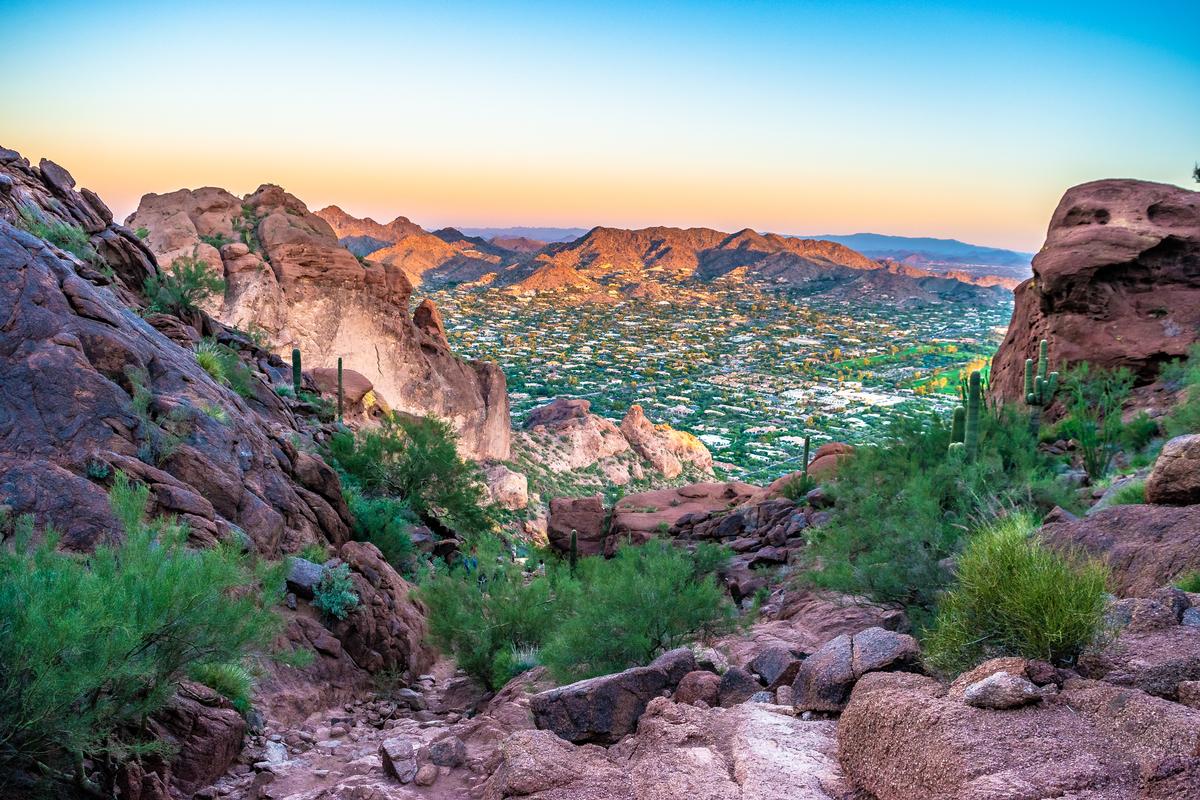
Playful City: Phoenix for Kids
“I didn’t know a museum could feel like a giant invitation,” I thought as we stepped through the doors of the Children’s Museum of Phoenix. My son was already off—darting past pool noodles hanging from the ceiling and toward a massive jungle gym that looked like it had grown out of a dream. It was the kind of place that hummed with energy and permission. Touch this. Climb that. Try everything.
What I Loved Most: Watching his curiosity bloom without boundaries—building with foam blocks, painting on windows, pedaling a tiny tricycle down a kid-sized street. And the way the museum made room for both of us—him to play, me to pause and feel lucky just to watch.
My highlights? Afterward, we walked to Pizzeria Bianco and split a margherita pie. The crust was blistered and airy, the tomato sauce bright and sweet, and the mozzarella melted in soft, rich pools. My son picked off the basil and handed it to me like a gift. We sat outside in the shade, tired and happy, shoes a little dusty, hands a little sticky.
Plan your family day in Phoenix:
- Drive Time from Downtown Phoenix: The museum is right downtown
- Vibe: Joyful, creative, family-focused
- Highlights: 3 floors of hands-on exhibits, art studio, climbing structures, toddler zone
- Best Time to Visit: Weekday mornings for fewer crowds
- Cost: $17 per person; free under 1 year
- Hours: Tuesday–Sunday, 9am–4pm
Jump to a Spot...
- • Standing Still at Cathedral Rock
- • Among the Giants at Saguaro National Park
- • Looking into Forever at the Grand Canyon
- • Stepping Through Light in Antelope Canyon
- • Wandering Through Time in Bisbee
- • Desert Stillness at Organ Pipe Cactus
- • Looking Into Earth’s Memory at Barringer Crater
- • Parker: River Heat and Desert Stillness
- • Playful City: Phoenix for Kids


